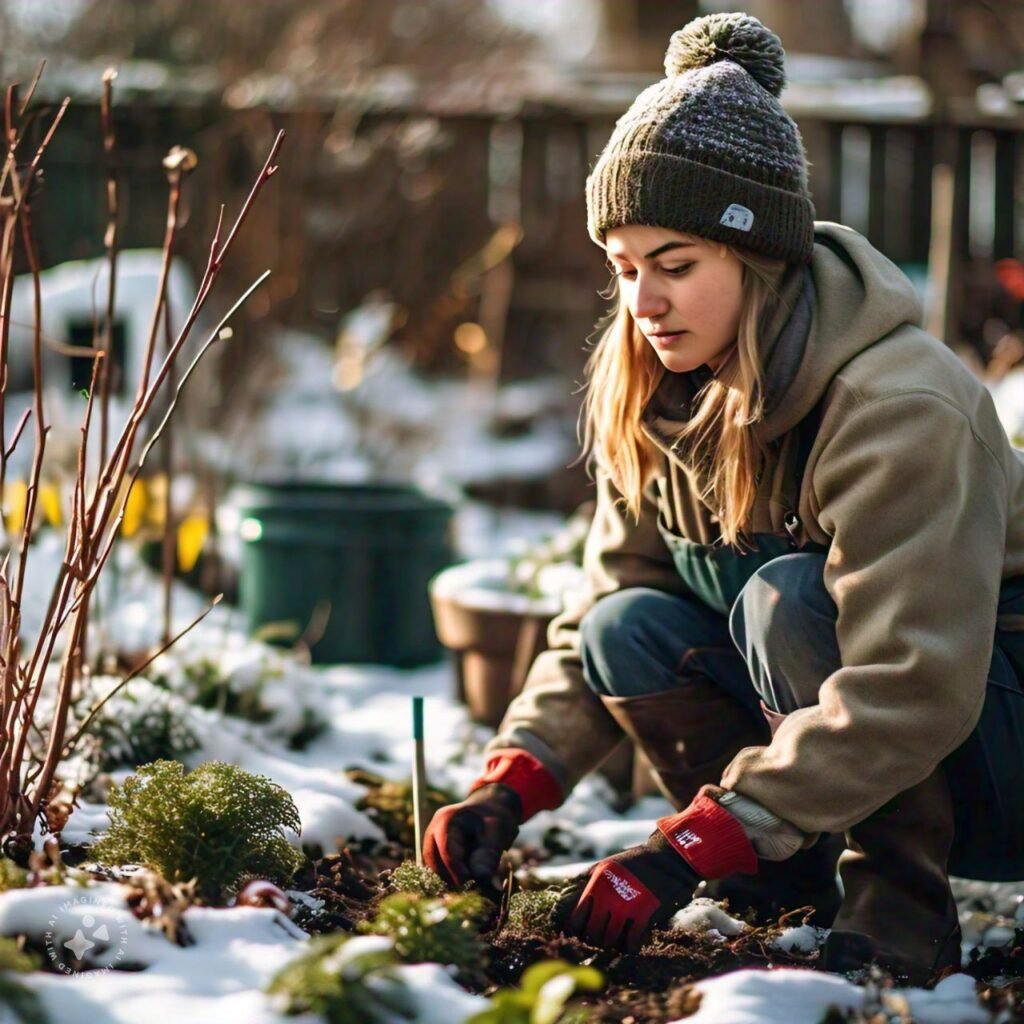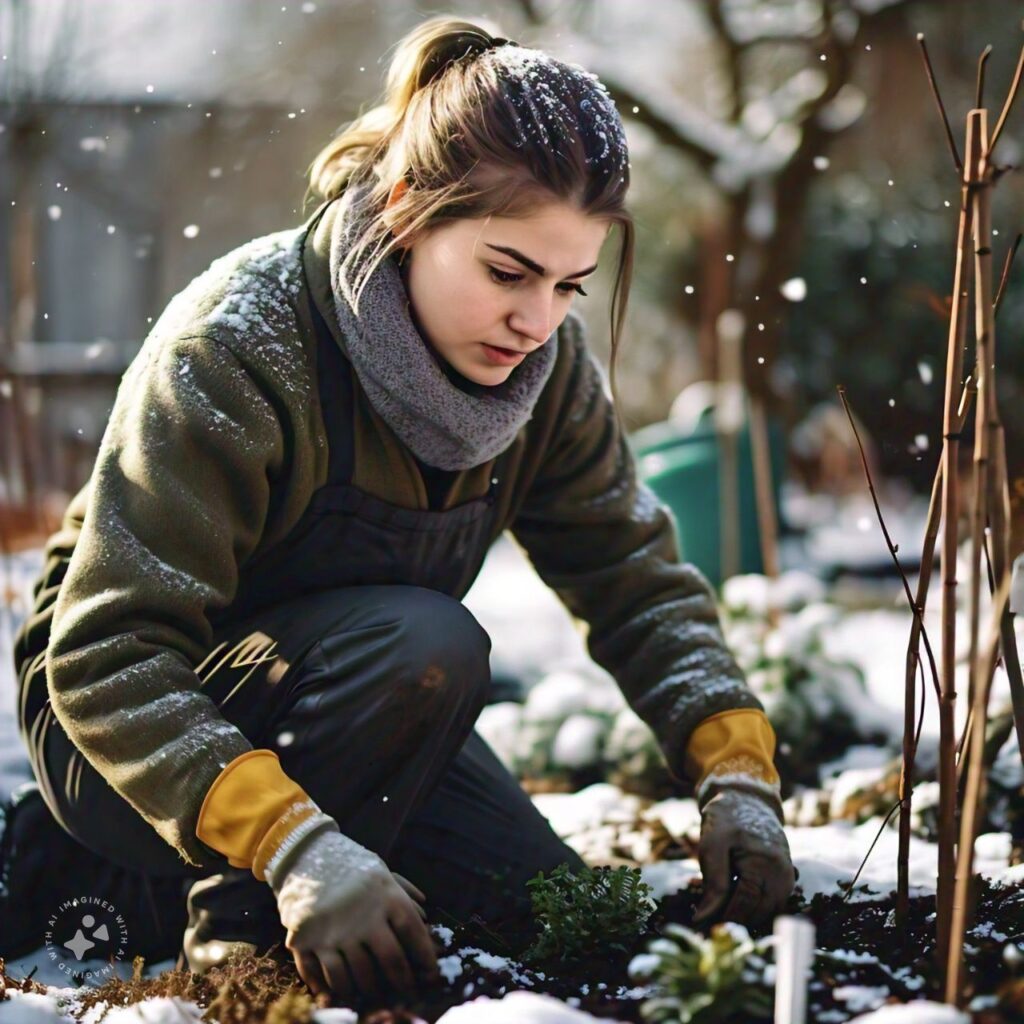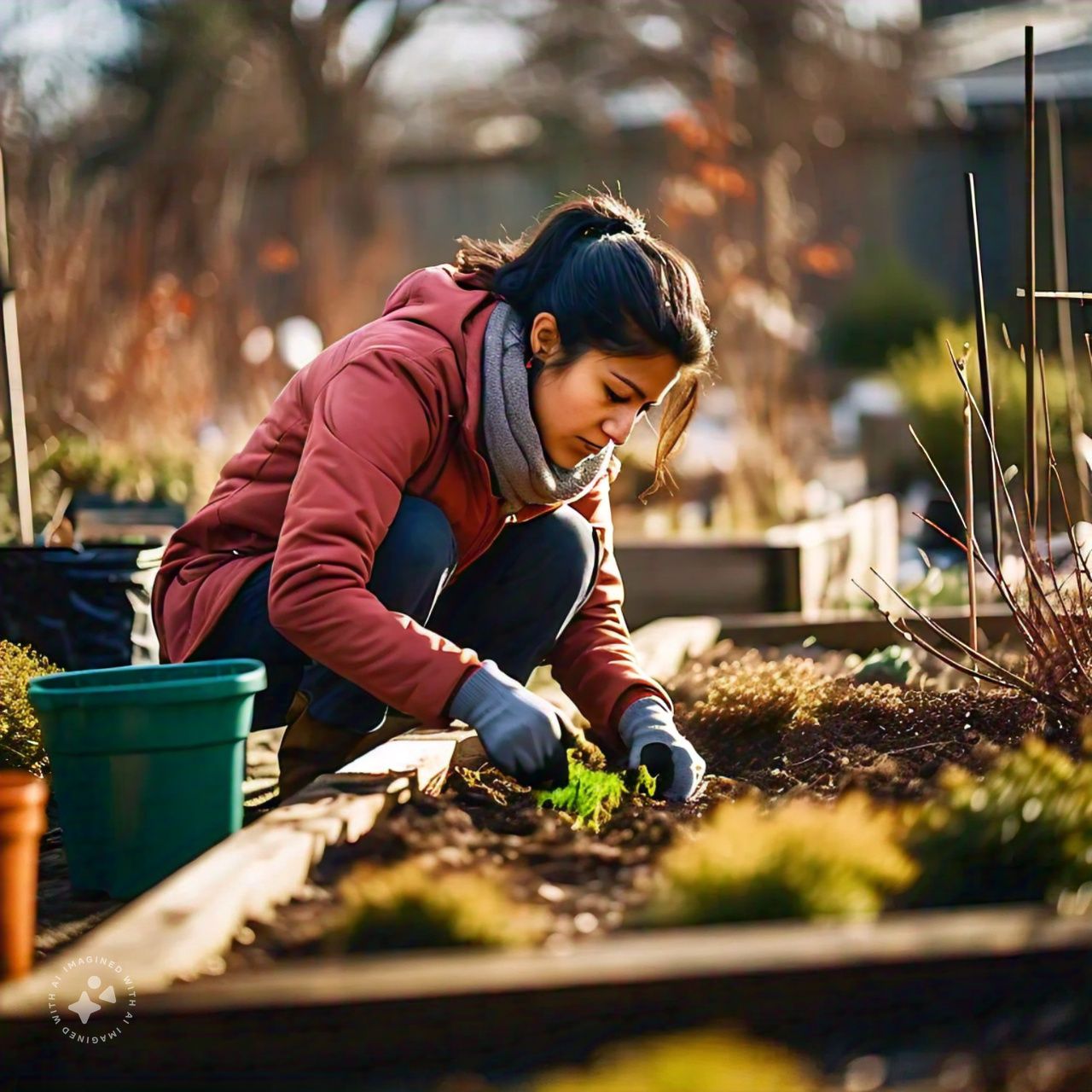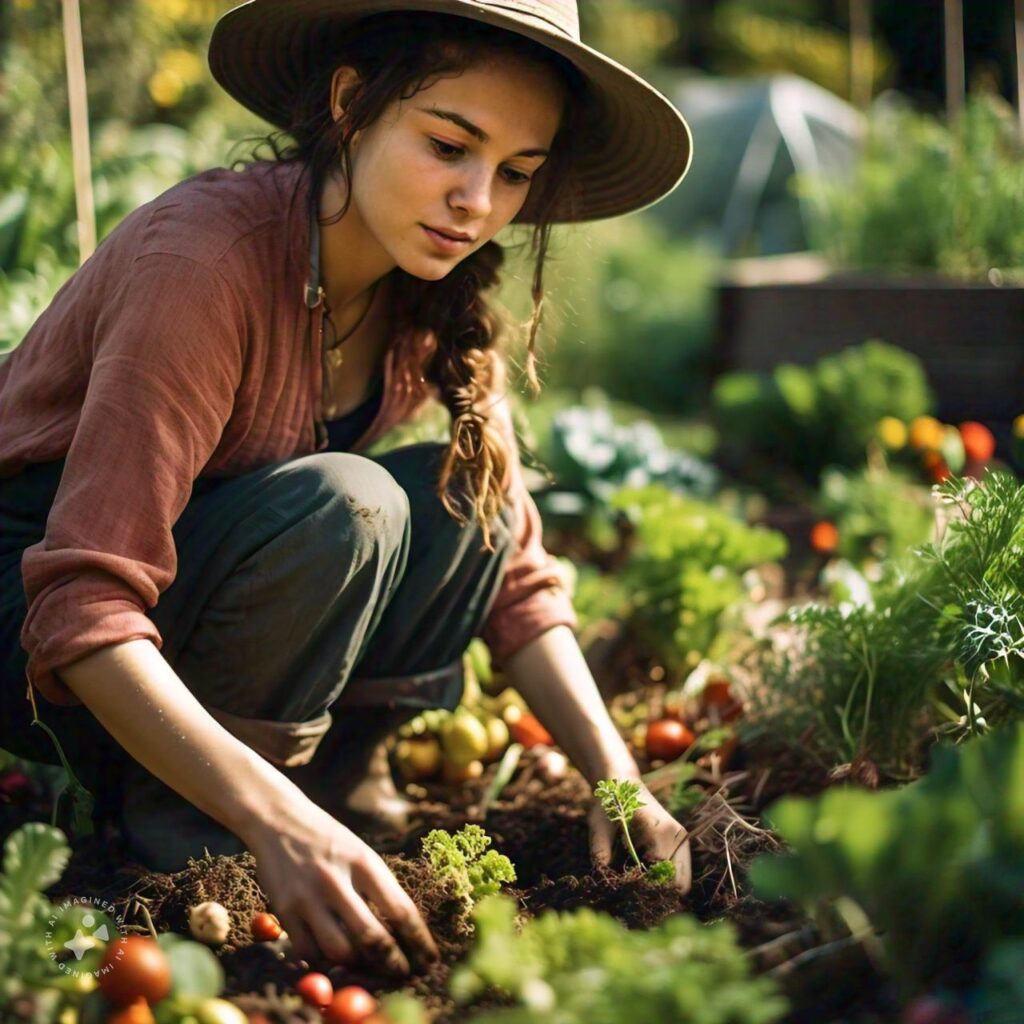Winter doesn’t have to be the end of your gardening season. While colder months can pose challenges, with the right preparation and knowledge, your garden can continue to thrive. Whether you’re looking to grow vegetables, maintain your perennials, or keep your soil healthy, winter gardening can be incredibly rewarding. Here’s how to ensure your garden remains productive during the coldest months.
Why Winter Gardening?
Winter gardening allows you to make the most of your growing space, even when temperatures drop. By selecting the right crops and utilizing specific techniques, you can extend your harvest season and improve your garden’s overall health. Winter gardening also reduces the risk of soil erosion, enhances biodiversity, and offers a steady supply of fresh produce. Additionally, many plants grown in cooler weather, such as root vegetables, tend to have richer flavors due to the cold.
Choosing the Right Plants for Winter Gardening
Not all plants can withstand cold weather, but many thrive when temperatures dip. The key to successful winter gardening is selecting cold-hardy plants that are naturally resistant to frost and chill. Some of the best crops for winter include:
- Kale: A nutrient-packed leafy green that becomes sweeter with frost exposure.
- Spinach: Another leafy vegetable that tolerates cold well, providing a continuous harvest.
- Carrots: Root vegetables like carrots can be left in the ground and harvested when needed throughout winter.
- Brussels Sprouts: This vegetable thrives in cooler climates and is known for its improved flavor after a frost.
- Winter Lettuce: Special varieties of lettuce, such as Arctic King, are designed to withstand colder temperatures.
For flowers, consider perennials like Hellebores or shrubs like Camellias that bloom in late winter, bringing color to your garden even during the darkest months.

Preparing Your Garden for Winter
Before the frost sets in, it’s crucial to prepare your garden for winter. This involves more than just selecting the right plants. Here’s how you can ensure your garden remains healthy and productive during the colder months:
1. Clean Up Debris
Fallen leaves, dead plants, and leftover produce can attract pests and diseases during the winter months. By clearing out debris and composting it, you reduce the risk of harmful infestations and improve the quality of your soil for the next growing season.
2. Mulching for Winter Protection
Mulching is a critical step in winter gardening. A thick layer of mulch, such as straw or shredded leaves, helps to insulate the soil, keeping it warmer and protecting plant roots from freezing temperatures. It also prevents soil erosion and retains moisture, ensuring that your plants don’t dry out.
3. Protecting Perennials
Perennial plants, which come back year after year, require some extra care before winter hits. Trim back the dead foliage, and apply a protective layer of mulch around the base of the plant. For extra tender perennials, you can cover them with burlap or protective cloth to shield them from frost.
4. Build or Install Cold Frames and Cloches
To extend your growing season, consider using cold frames or cloches. Cold frames are simple structures made of transparent material that trap heat and protect plants from the elements. They can be built from wood and old windows or purchased pre-made. Cloches, which are dome-shaped covers, can be placed over individual plants to create a mini-greenhouse effect, providing the warmth necessary for growth during the winter.
Indoor Gardening During Winter
If outdoor gardening isn’t feasible, or if you want to ensure a year-round harvest, consider indoor gardening. Many herbs, leafy greens, and even small vegetables can be grown indoors with the right conditions. Here are a few tips:
- Choose the Right Location: Place plants in a south-facing window where they will receive the most natural sunlight. If natural light is limited, consider investing in grow lights that simulate sunlight and promote healthy growth.
- Monitor Humidity Levels: Indoor air can become dry during winter months. Use a humidifier or place water trays near plants to maintain adequate moisture levels.
- Choose Small Containers: Many plants can be grown in pots or small containers, making indoor gardening accessible even in limited spaces. Herbs like basil, oregano, and thyme are particularly well-suited to indoor growing.
Winter Composting: Keeping Your Soil Fertile
Composting is a year-round task, and winter is no exception. Even though decomposition slows down in colder temperatures, you can still add to your compost pile to create rich, fertile soil for spring planting. Here’s how to maintain a compost system during winter:
1. Insulate Your Compost Pile
Keep your compost pile warm by adding a thick layer of straw or leaves around the sides and on top. You can also cover it with a tarp to protect it from snow and heavy rain, which can lead to excess moisture and slow down the composting process.
2. Turn Your Compost Less Frequently
During winter, it’s important to minimize disruption to the composting process. Turning the pile too often can release heat, which is essential for decomposition. Aim to turn the pile just once or twice during the season.
3. Add More Brown Materials
To balance the slower decomposition process, increase the amount of carbon-rich materials (brown materials) in your compost. These include things like dried leaves, straw, and shredded newspaper. This will help maintain the pile’s heat and ensure that the compost continues to break down.

Protecting Your Garden from Winter Pests
While many pests die off or go dormant in the winter, some remain active and can still cause damage to your garden. Take steps to protect your plants from winter pests:
- Use Row Covers: Lightweight row covers not only protect plants from frost but also create a barrier against pests such as aphids and cabbage worms.
- Remove Plant Debris: As mentioned earlier, leftover plant material can attract pests looking for a place to hide during the winter months.
- Encourage Beneficial Insects: Some insects, like ladybugs, can help control pest populations even during the winter. Consider introducing beneficial insects into your garden to keep harmful pests at bay.
The Benefits of Cover Crops in Winter Gardening
If you’re not planning on growing vegetables or flowers during winter, consider planting cover crops. Cover crops, like rye, clover, or vetch, provide numerous benefits during the off-season. They protect the soil from erosion, improve its structure, and add valuable nutrients when tilled back into the ground in the spring. Cover crops also suppress weeds, making your garden easier to maintain in the long run.
Conclusion: Embrace Winter Gardening
Winter gardening is an opportunity to enhance your garden’s health, prolong your growing season, and enjoy fresh produce year-round. By selecting cold-hardy plants, preparing your garden with care, and taking advantage of indoor gardening and composting, you can make the most of the winter months. Embrace the unique challenges of gardening in colder weather, and watch as your garden continues to thrive, no matter the season.



